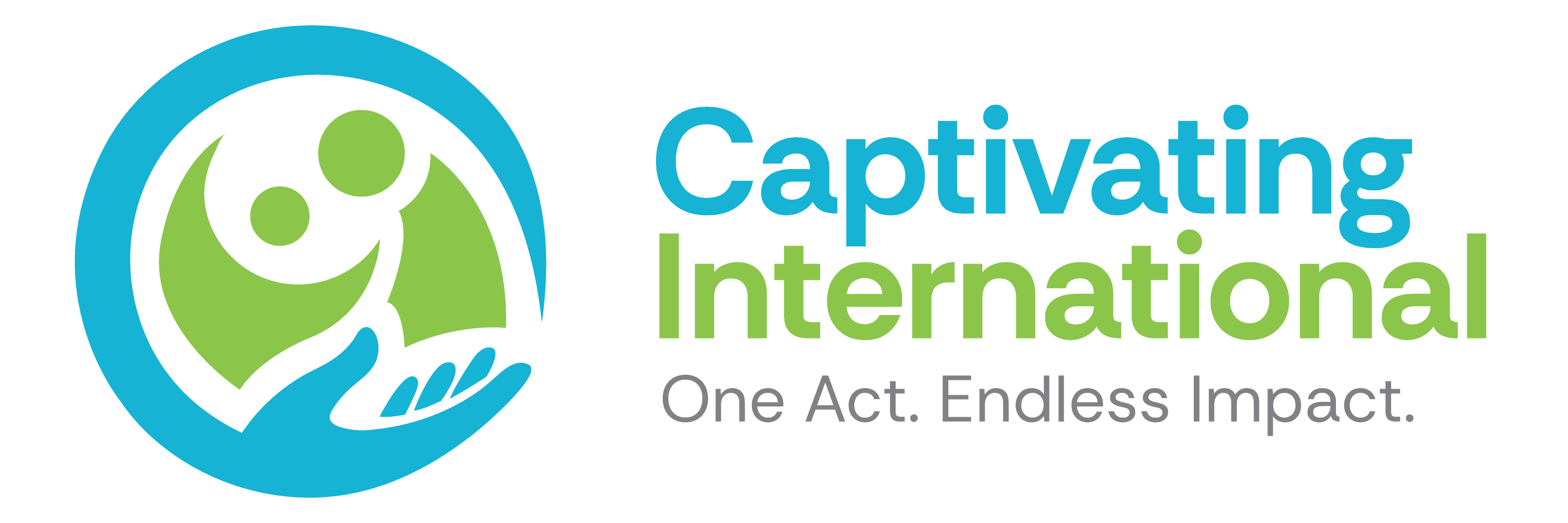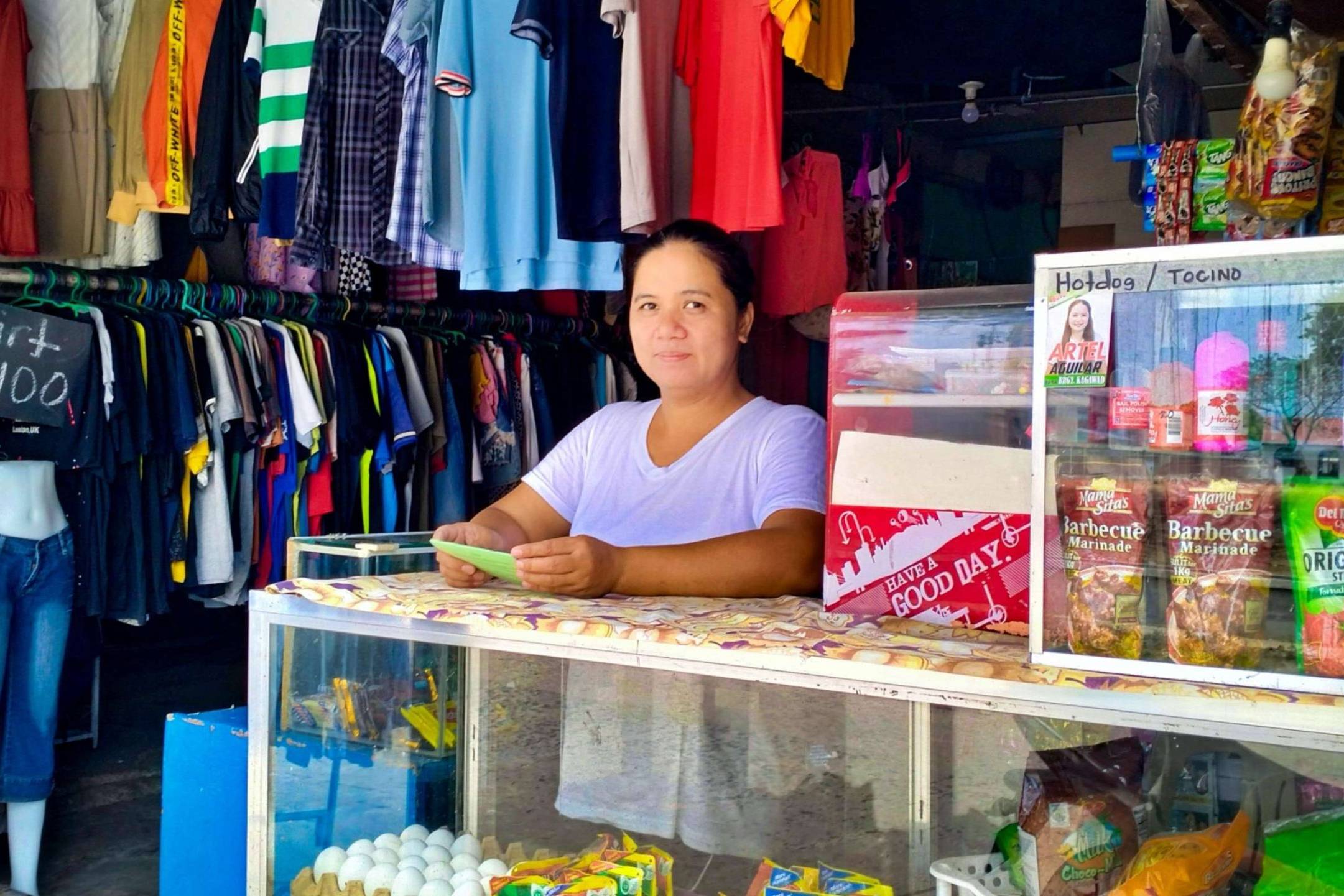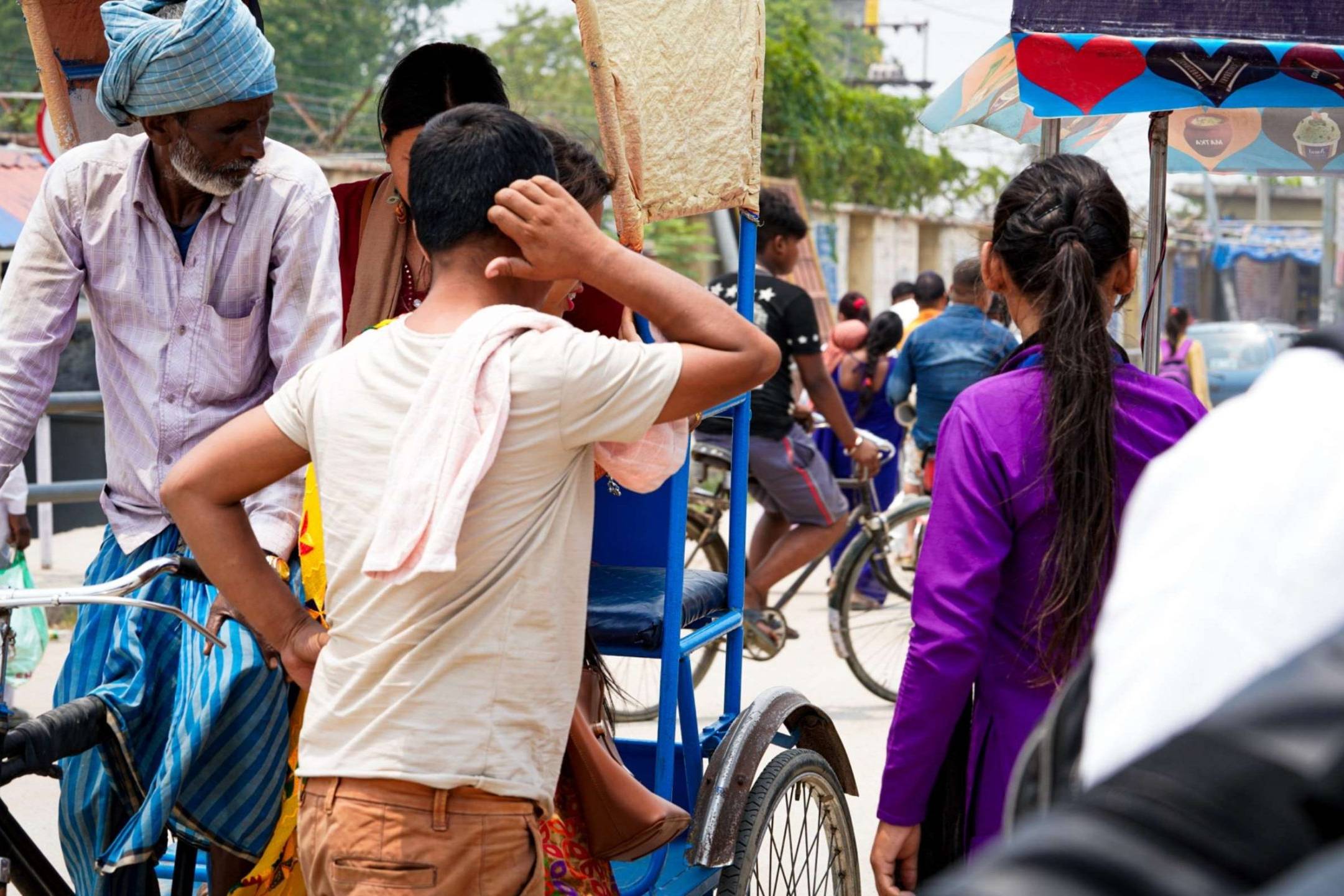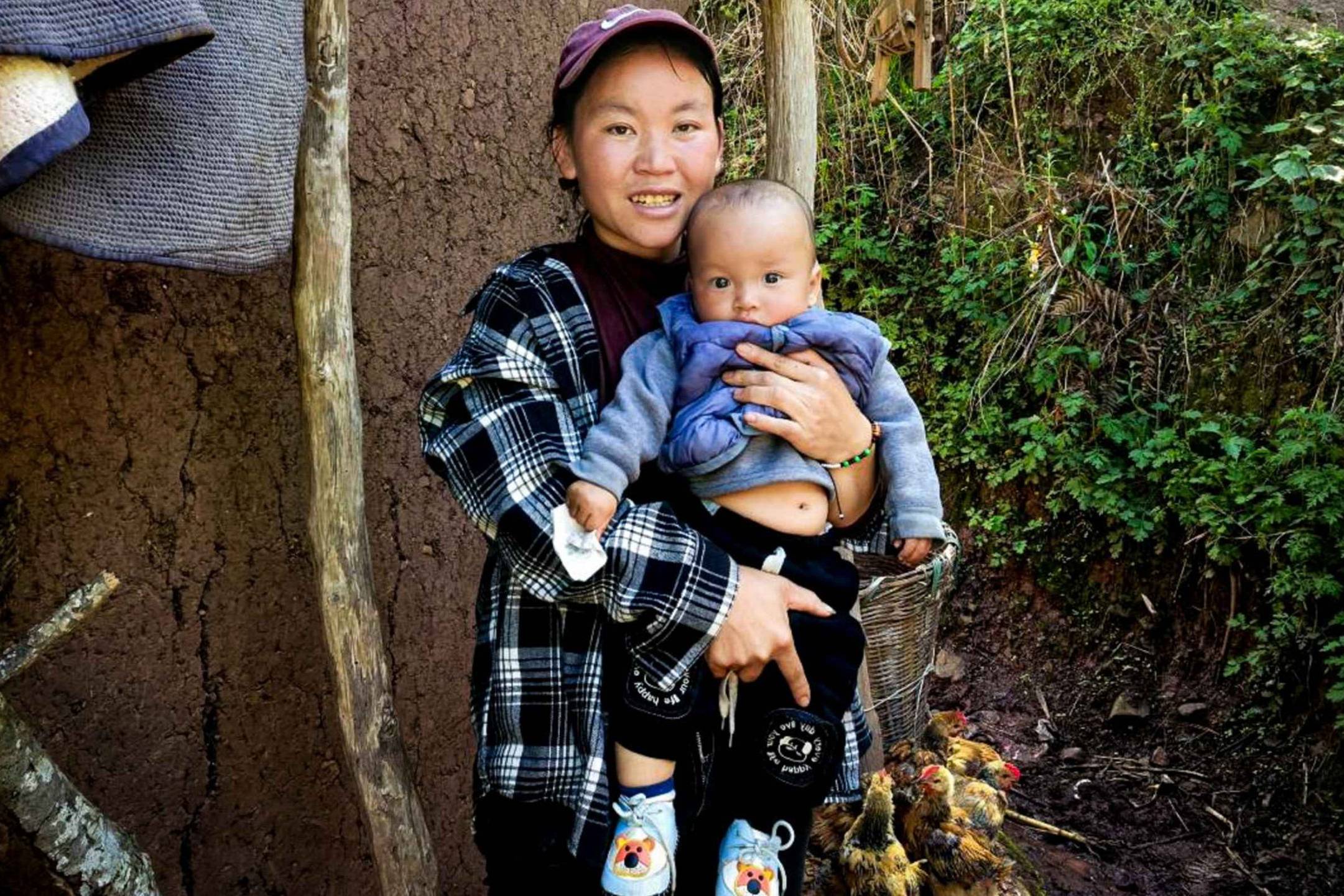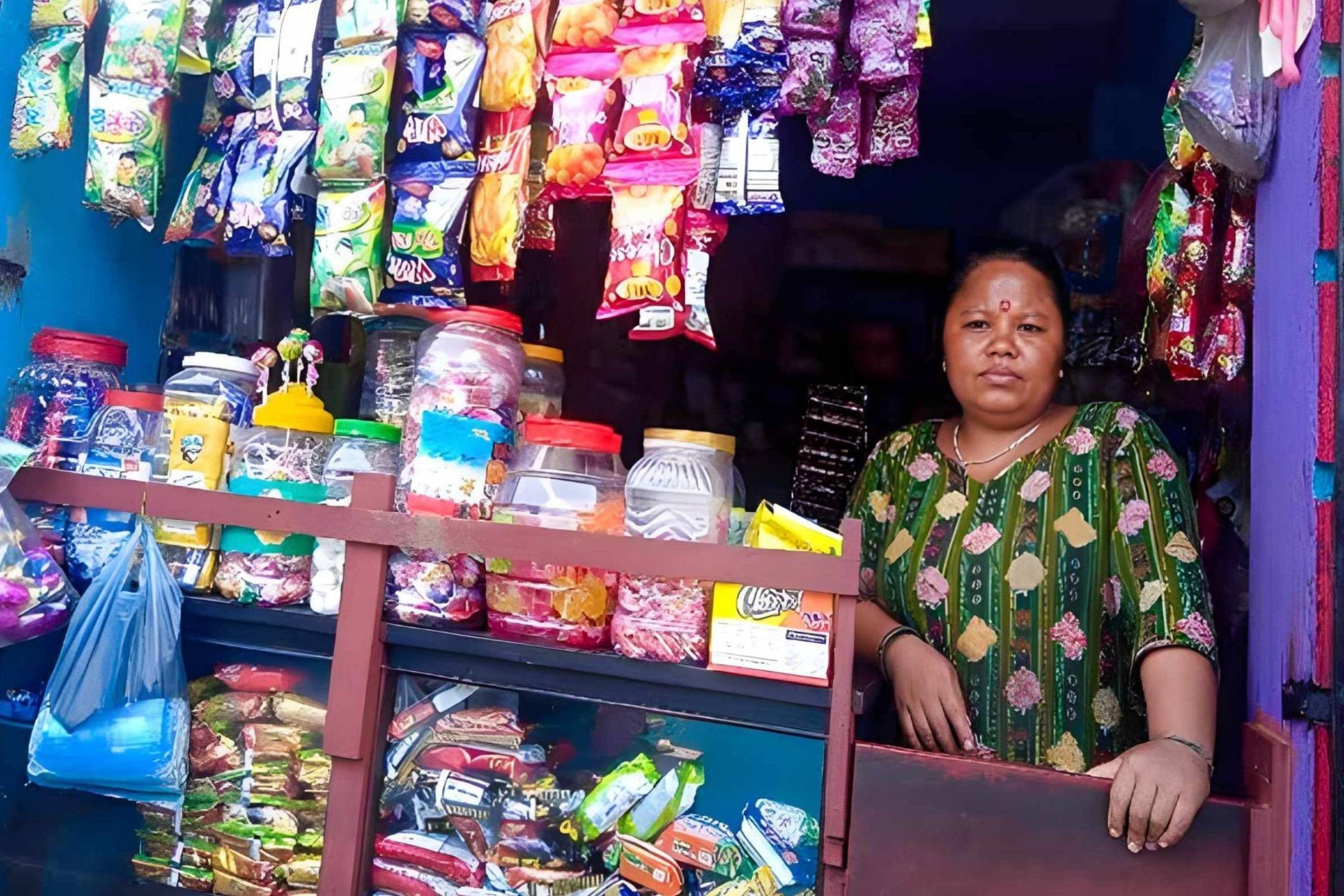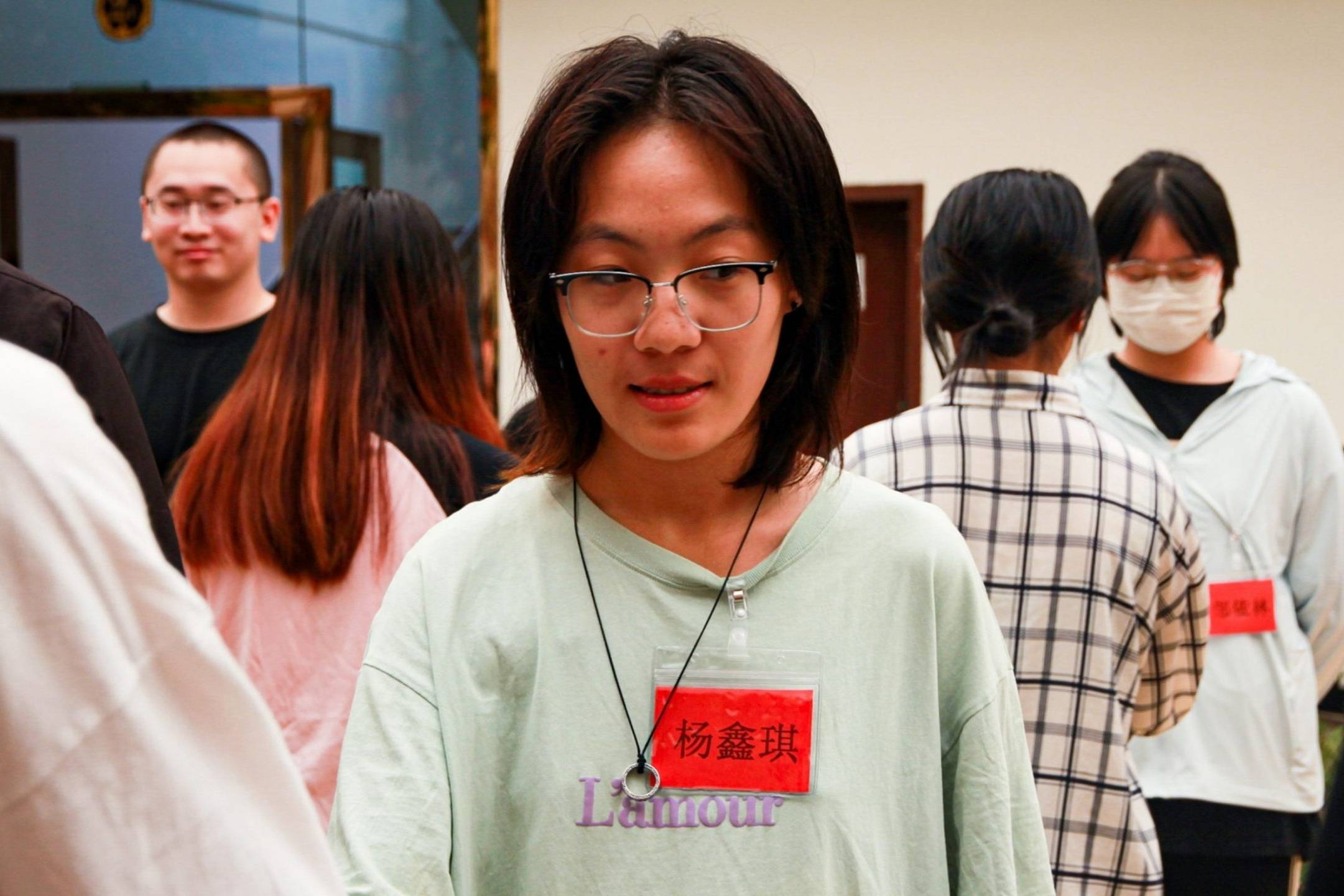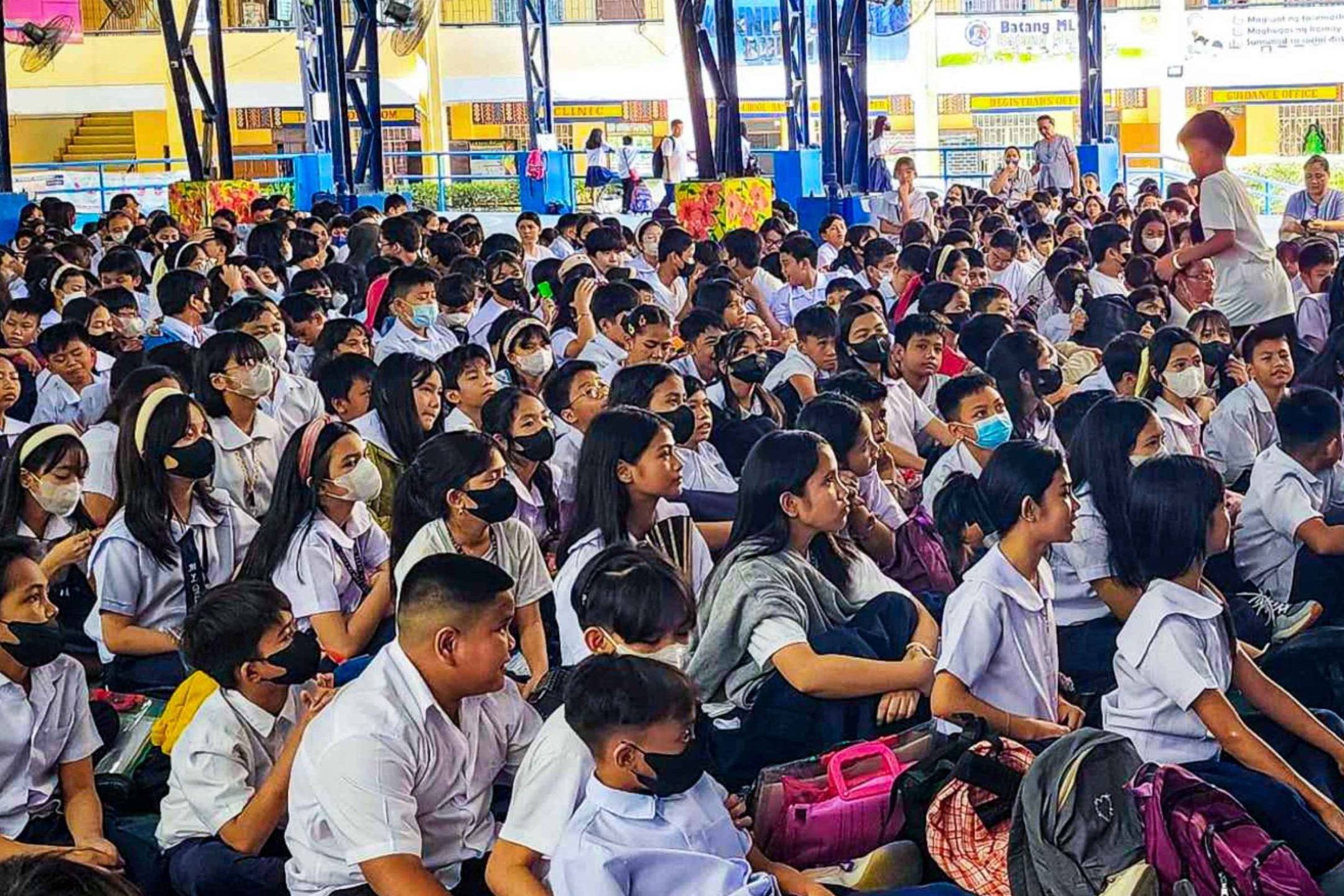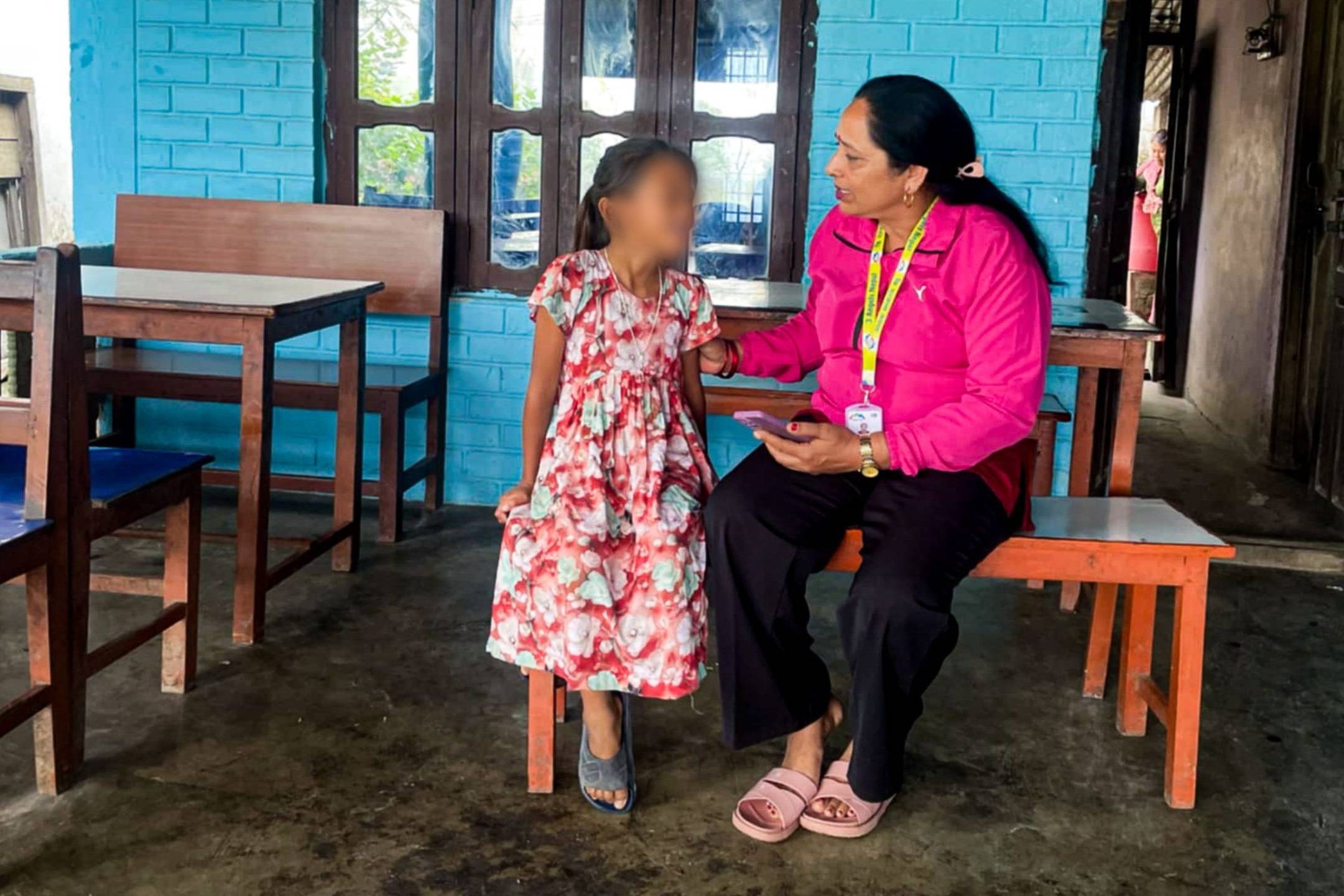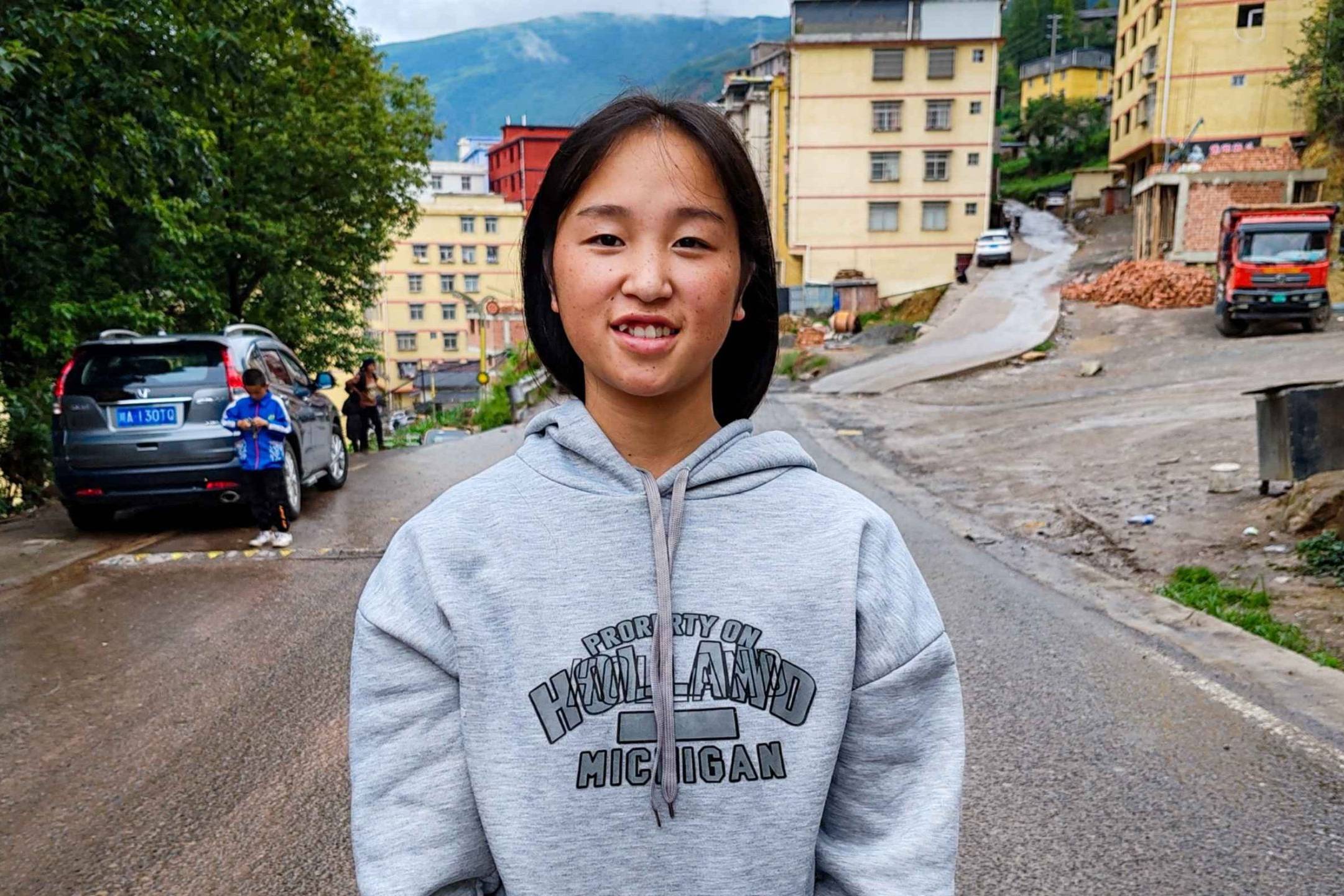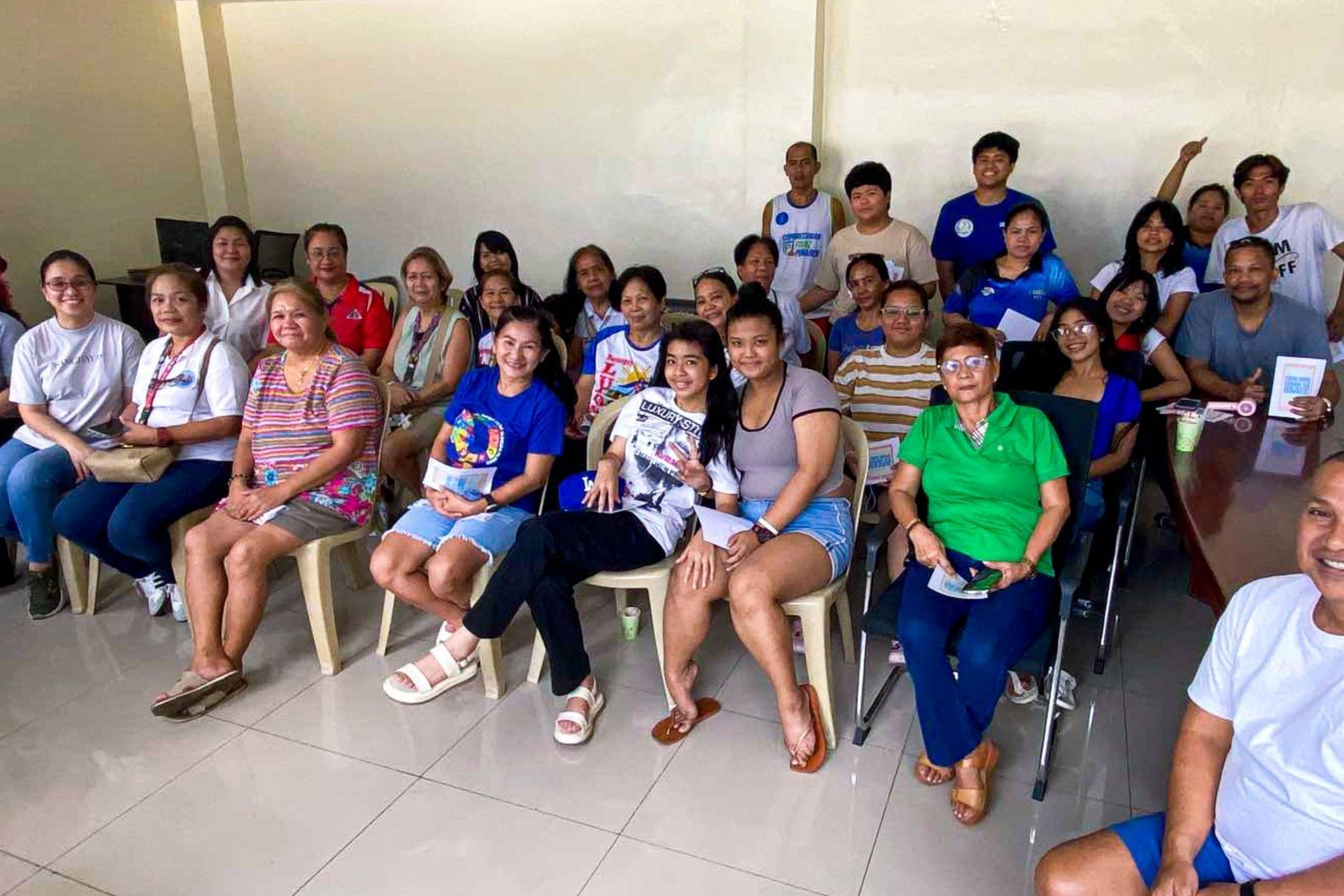Do you ever wonder why we celebrate International Women’s Day? It’s more than just a day of wearing purple and posting infographics on social media. Although these are also a part of it, it is increasingly important to know that it is over a century-long celebration of women taking space in society to inspire others for generations to come.
We all know that on March 8 every year, we celebrate International Women’s Day. During this day, we take the time to honor women’s achievements in different fields, educate ourselves, raise awareness about serious women’s issues, call for positive change, and raise funds for women-centered organizations.
In this blog, we will explain why we celebrate this important day, its history, how to celebrate, and how to help women all around the world.
Why do we celebrate International Women’s Day?
Perhaps the better question is, why wouldn’t we? Women have been a part of history for as long as men, and we must be equally recognized for our achievements despite our racial, ethnic, cultural, religious, and socio-economic backgrounds. There is no true celebration of women without intersectionality. To celebrate women, we must celebrate ALL women in the world.
Despite many movements that helped us get to where we are today (the right to vote, participate in public office, excel in workplaces, etc.), women are still considered a gender minority due to various gender-based discrimination and violence. there is still a lot to be sorted out and fought for to achieve true equality.
Did you say equality? But, how about International Men’s Day? Sure, there is! Every 19th of November since the 1990s, 60 countries have been celebrating to bring attention to “men’s and boy’s health, improve gender relations, promote gender equality, and highlight positive male role models”. Celebrating Women’s Day does not mean we are rallying for anti-men. Although it has not been formally recognized by the UN, we recognize the role of both genders in building an increasingly progressive and kind society. So if you are a man reading this, don’t worry, you have a role to play in celebrating all women, too!
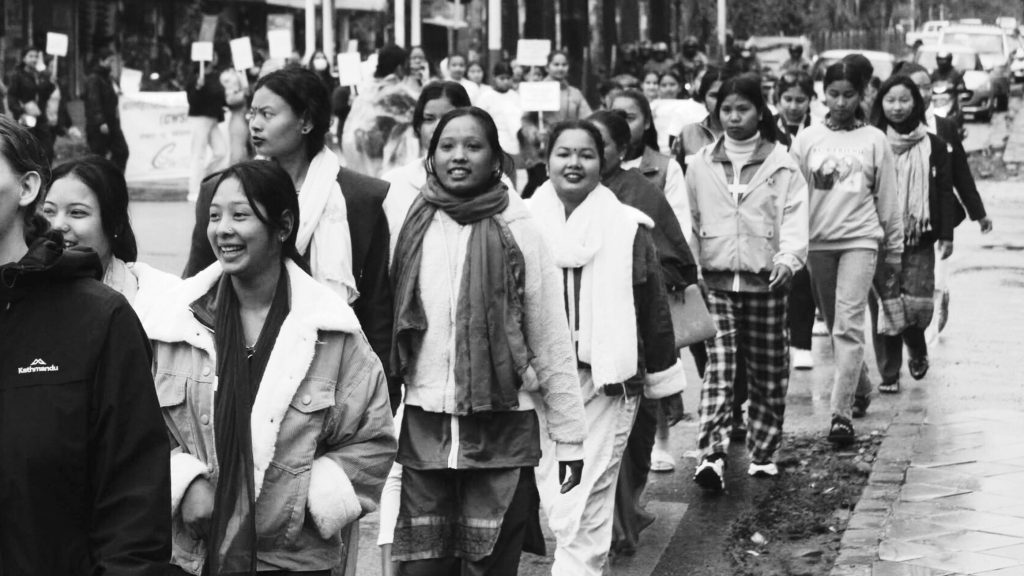
International Women’s Day History
While the United Nations only recognizes Women’s Day, there has been more than a century-long history of various women’s labor movements from the West. And no, they were not all celebrated on the same day, like we do now.
Before March 8, there was February 28. The year was 1909 and The Socialist Party of America chose this day to honor the garment workers’ strike in New York. In 1908, 15,000 brave women marched through the city’s streets to demand better labor conditions such as shorter working hours, better pay, and the right to suffrage. A year later, The Socialist Party decided to commemorate such an iconic event in the country’s history.
In Europe in 1910, The Socialist International meeting in Copenhagen took place to support the universal right for women to vote. There were 100 women from 17 countries and one of those was a woman named Clara Zetkin—a German theorist and activist. She suggested the day to celebrate Women’s Day, and the women in that meeting unanimously agreed.
A year later, in 1911, the first Women’s Day was celebrated in European countries like Austria, Denmark, Germany, and Switzerland. However, the celebration was on March 19—for they wished to commemorate the 1848 French Revolution and Paris Commune. During this year, they championed the right to vote, hold public office, and end gender-based workplace discrimination.
Before World War I, peace-loving women used their voices to protest against it. It was the Russian women of 1913 who celebrated Women’s Day on the last Sunday of February. As the First World War took the lives of millions, 1,300 women from 12 different countries gathered in The Hague in 1915 to call for the war to be over.
As the war continued, women in Russia protested for “Bread and Peace” on March 8, 1917. Four days later, the Russian Czar granted women the right to vote. It is during this time of the Russian Revolution that inspired the date we celebrate now.
Fast forward to the end of World War II, the United Nations began celebrating March 8th as International Women’s Day at the year 1975. Two years later, in 1977, the UN General Assembly formally proclaimed that the date would be observed by its member states, hence the March 8 that we know and celebrate now.
How to Celebrate
Celebration can come in different forms: organizing mob events, festivals, performances, educational discussions, parties, or fun runs—all of these are valid, for there is no one way to celebrate women. What matters is the true intention to create a world safer and kinder to all women and girls, not only on this day but every day.
Help women around the world
Audre Lorde, the great poet and great force of nature once famously said, “I am not free while any woman is unfree, even when her shackles are very different from my own.”
We have been repeatedly using the phrase “All women” throughout this post, and it is for a good reason. Many people can get too caught up in their idea of how a woman may look due to one’s locality, or familiarity. In some cultures around the world, women could do a lot, almost the same as men. In turn, it is easy for those in that area to see women who are only like this, due to limited exposure to some of women’s struggles. In some areas of the world, women are still subjected to age-old atrocities like child marriage, sexual slavery, and other malevolent purposes. Of course, we cannot solve all gender-based violence in the world in one day, but we could do so by helping free women one by one from the shackles unfamiliar to us.
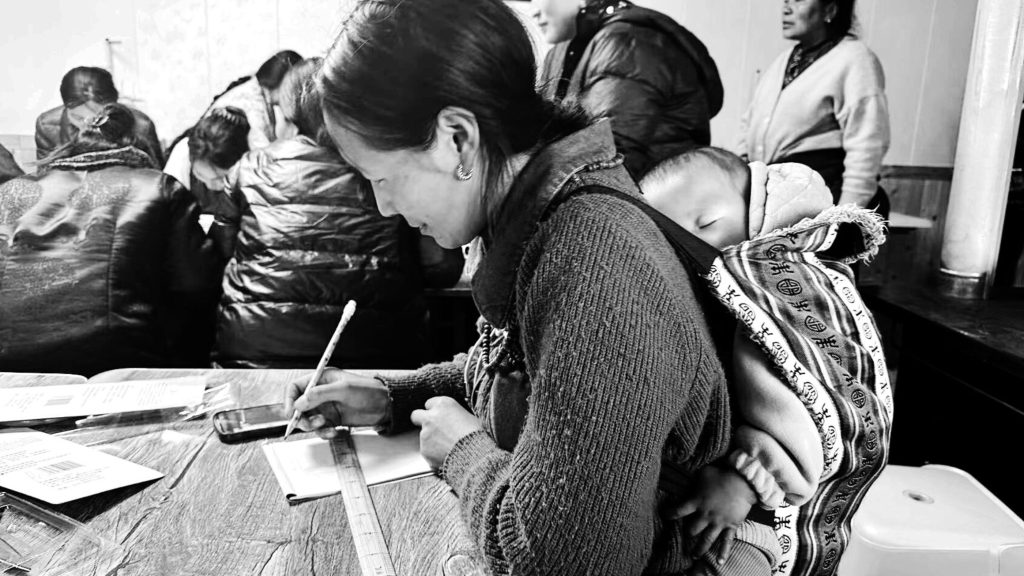
The work we do
Our organization has been on a mission to help vulnerable women in Nepal, the Philippines, and China since 2008. Our Founders, Andrew and Julie Colquhoun left their corporate life in Australia in 2006 to devote their lives to serving children, single mothers, and families trapped in poverty and injustice. Most of the projects we do at Captivating are women and girl-focused because we realize the added layer of struggle with gender discrimination when one lives a life of poverty. Our founders believe that every person has something incredible to offer to the world and deserves to fulfill their fullest potential and make real choices by themselves.
We established our work in Nepal, China, and the Philippines and continue to raise funds for our projects in these areas. Our projects revolve around three central themes:
Educate Children
In line with Sustainable Development Goal (SDG) number 4, we believe that more women and girls would make better options and unlock better opportunities for themselves when they have quality education.
Elevate Communities
Captivating works to strengthen communities by promoting economic development, advocating for gender equality, and engaging in advocacy efforts to raise awareness about human trafficking. By addressing the underlying socio-economic factors that contribute to trafficking, we create safer and more resilient communities.
Empower Women
A woman is empowered if she has more capacity to mobilize through financial freedom. Through our microfinance and skills development initiatives, we strive to break the chains of poverty and exploitation that hold back women and girls in vulnerable communities.
Learn more about our projects.
Conclusion
Women’s Day has been more than a century-long celebration of brave women who believed they deserved better and fought for them. It goes beyond hashtags and Instagram carousel posts, it is a celebration and an inspiration for women all around the world that change is possible if people learn and listen. Consider celebrating International Women’s Day by donating today.
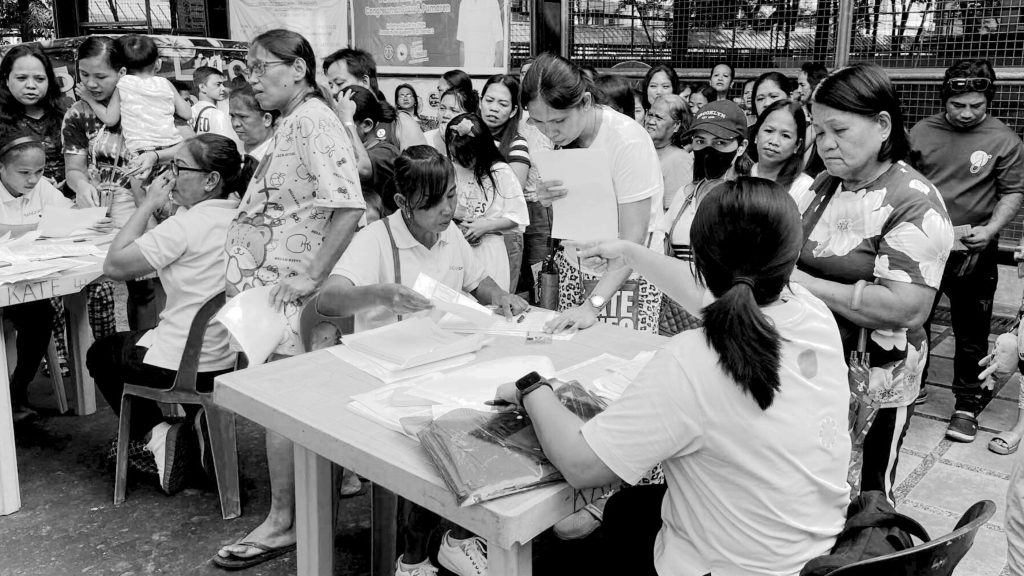
STORIES OF INSPIRATION
9 July 2025
One Hope, Five Children, Endless Possibilities
Artel grows her sari-sari store through our One Hope Microfinance Program, working hard…
0 Comments1 Minutes
7 July 2025
School Pressure Makes Angsty Teenager Prone To Trafficking
Our team stopped 15-year-old Sarita at the border, saving her from trafficking and…
0 Comments3 Minutes
4 July 2025
Lailai’s Contagious Confidence
Through our Chicken Farming Program, Lailai turns poultry into income, feeding her kids…
0 Comments4 Minutes
2 July 2025
No More Anxieties For Bam Maya
Bam Maya joined the My Business-My Freedom Microfinance Program, started a grocery shop,…
0 Comments1 Minutes
29 June 2025
Teacher Yang Xinqi Gifts Children Lifelong Art Appreciation
Teacher Yang Xinqi brought art, wonder, and hope to a remote village in China, inspiring…
0 Comments3 Minutes
26 June 2025
Transportation Costs For One School Day At A Time
In Ronas Garden, transport aid from our Manila Slum Program helped boost school…
0 Comments1 Minutes
20 June 2025
From Hotel Slave To A School Girl
Prisha, once forced into child labor in a hotel, is now safe, back in school, and…
0 Comments3 Minutes
19 June 2025
Jijue’s Dream: Ripples of Kindness
Jijue, 17, dreams of becoming a teacher to lift her village from poverty, proof that one…
0 Comments2 Minutes
18 June 2025
Gathering Community Leaders in Brgy. Dioquino
In Barangay Dioquino, we trained 50 parents and youth reps to fight OSAEC, empowering…
0 Comments2 Minutes
